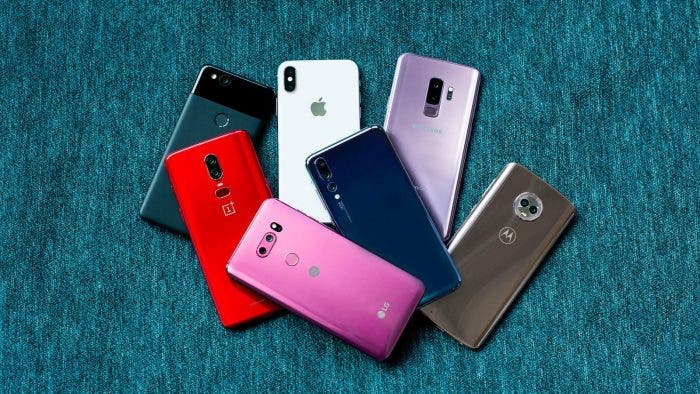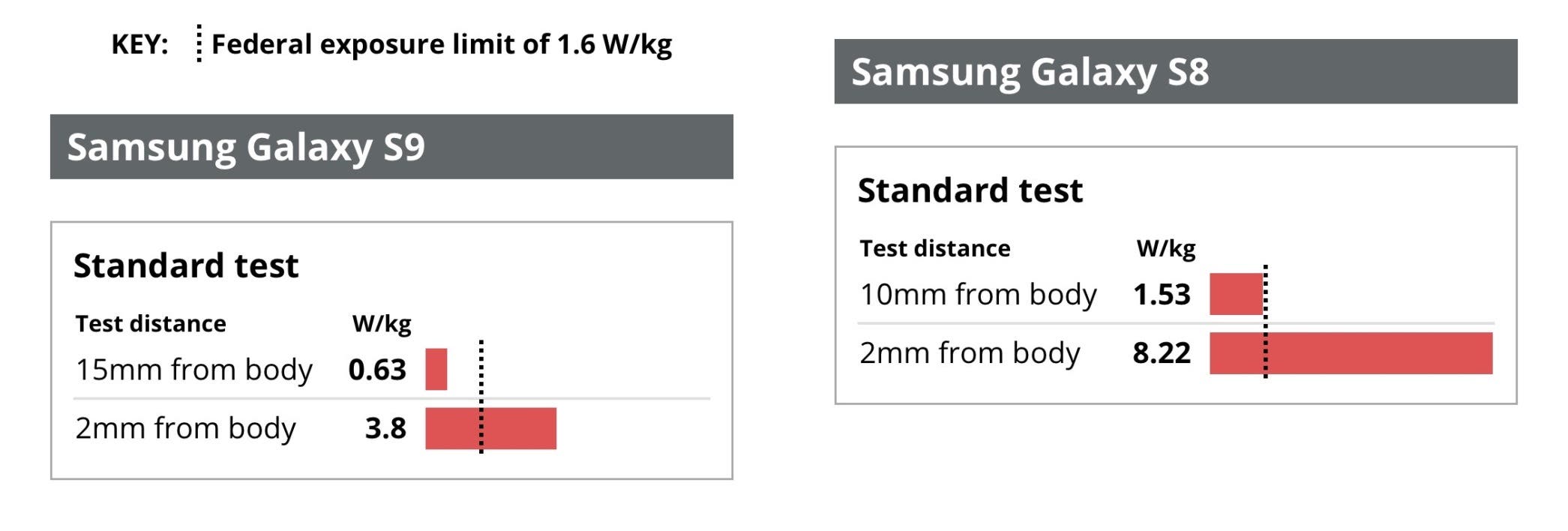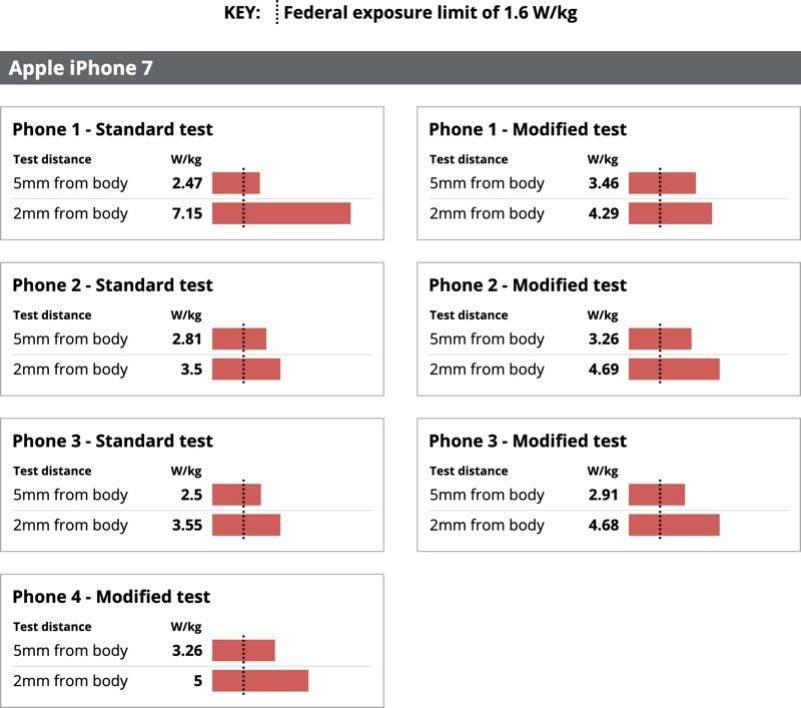For years, scientists have been warning that the waves produced by our smartphones could endanger our body. Although we do not yet know the real consequences, the Federal Communications Commission (FCC) imposes certain regulations on the emissions of these devices. And it turns out that some models do not respect them absolutely!
To quantify this quantity, the “specific absorption rate” or SAR is used. It depends globally on the energy of the waves relative to the tissue they pass through (here our skin). The FCC has determined a maximum magnitude for this value.
Thus, all phones on the market have been tested to see if they meet the standard imposed. However, when the FFC redo tests in the laboratory on models that claim to validate the convention, we are faced with unpleasant surprises.
Samsung and Apple smartphones
Indeed, the Samsung Galaxy S8, for example, has a DAS equal to 8 times the maximum allowed value. And the S8 is not the only one to exceed the limits, the iPhone 7 is also doing it.
Fortunately, most phones go into an economical mode when brought closer to our ears, thanks to a sensor, reducing emissions. But this is not the case of Samsung Galaxy phones that could become subjects of a stricter investigation.
And with the 5G then?
That said, these phones are not so “dangerous” to speak of. They respect the tests requested by the FFC, these tests are just less extreme than those mentioned earlier. In addition, there is no evidence regarding the danger of excessive SAR.
Indeed, the limit had been decided rather low, because the phones could be limited easily. However, there is no evidence that exceeding it presents real risks. There was even talk of increasing it with the arrival of 5G. The final decision of the commission is still not to change the maximum value allowed.







